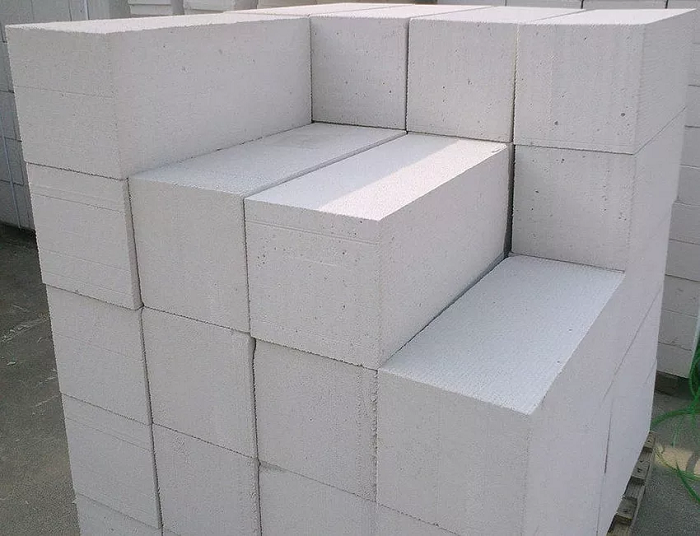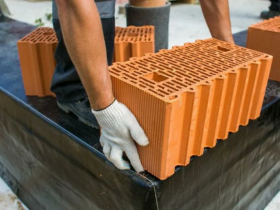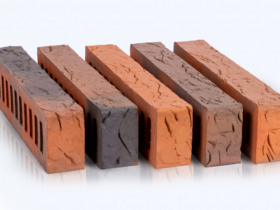This product is made from a mixture of cement, sand, industrial water and aluminum powder with the addition of quartz. Depending on the intended purpose, various additives can be used during the production process.
The solid filler can be replaced with slag, lime, gypsum or ash. The porosity of the structure is imparted by the metal fraction (can be in the form of a suspension or paste). It enters into a chemical reaction with alkaline components, resulting in a calcium salt with an abundant release of hydrogen.
The porous structure significantly reduces the weight of the product. It becomes easier to cut. The heat-insulating and noise-absorbing properties of the material are also improved. Among the advantages is that the blocks are placed on fine-grained glue, which eliminates the formation of cold bridges. The large size of the “stones” allows you to quickly build walls. They are absolutely not flammable and are not susceptible to infection by fungus, mold and other harmful microorganisms. However, aerated concrete has low strength. It absorbs and holds water well inside, so a moisture-repellent finish is required, and finishing can only begin when the walls are completely dry.
Advantages and disadvantages
Light weight, quick laying, good heat and sound insulation, easy to cut, no “cold bridges”.
Low strength, high moisture absorption, masonry is carried out only with special glue, fragility, low construction speed due to the need to dry the walls, strong shrinkage deformations, sensitivity to vapor permeability of finishing materials









